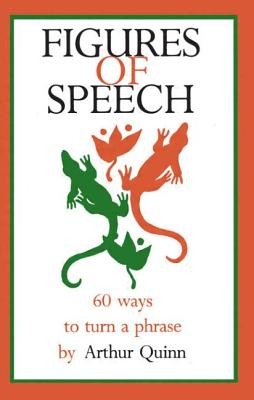
- Išsiųsime per 10–14 d.d.
- Autorius: Arthur Quinn
- Leidėjas: Routledge
- ISBN-10: 1880393026
- ISBN-13: 9781880393024
- Formatas: 13.7 x 21.2 x 0.9 cm, minkšti viršeliai
- Kalba: Anglų
- Extra -25 % nuolaida šiai knygai su kodu: ENG25
Atsiliepimai
Aprašymas
Writing is not like chemical engineering. The figures of speech should not be learned the same way as the periodic table of elements. This is because figures of speech are not about hypothetical structures in things, but about real potentialities within language and within ourselves. The "figurings" of speech reveal the apparently limitless plasticity of language itself. We are inescapably confronted with the intoxicating possibility that we can make language do for us almost anything we want. Or at least a Shakespeare can. The figures of speech help to see how he does it, and how we might.
Therefore, in the chapters presented in this volume, the quotations from Shakespeare, the Bible, and other sources are not presented to exemplify the definitions. Rather, the definitions are presented to lead to the quotations. And the quotations are there to show us how to do with language what we have not done before. They are there for imitation.EXTRA 25 % nuolaida su kodu: ENG25
Akcija baigiasi už 5d.16:41:05
Nuolaidos kodas galioja perkant nuo 10 €. Nuolaidos nesumuojamos.

- Autorius: Arthur Quinn
- Leidėjas: Routledge
- ISBN-10: 1880393026
- ISBN-13: 9781880393024
- Formatas: 13.7 x 21.2 x 0.9 cm, minkšti viršeliai
- Kalba: Anglų Anglų
Writing is not like chemical engineering. The figures of speech should not be learned the same way as the periodic table of elements. This is because figures of speech are not about hypothetical structures in things, but about real potentialities within language and within ourselves. The "figurings" of speech reveal the apparently limitless plasticity of language itself. We are inescapably confronted with the intoxicating possibility that we can make language do for us almost anything we want. Or at least a Shakespeare can. The figures of speech help to see how he does it, and how we might.
Therefore, in the chapters presented in this volume, the quotations from Shakespeare, the Bible, and other sources are not presented to exemplify the definitions. Rather, the definitions are presented to lead to the quotations. And the quotations are there to show us how to do with language what we have not done before. They are there for imitation.



Atsiliepimai